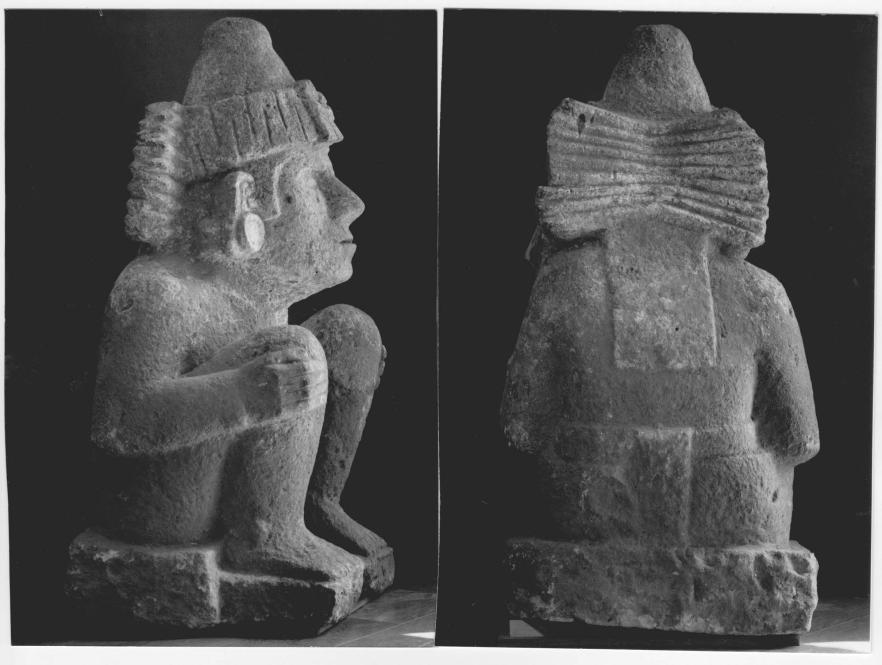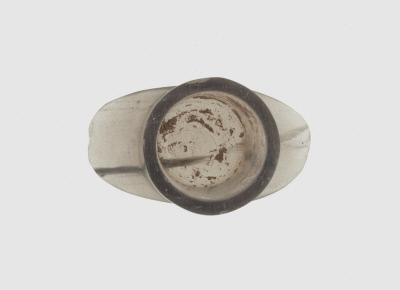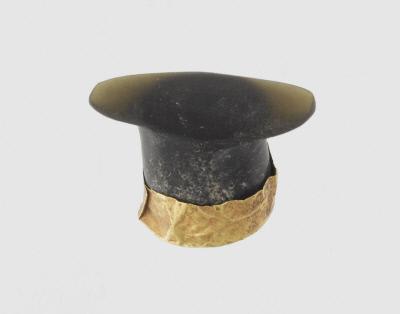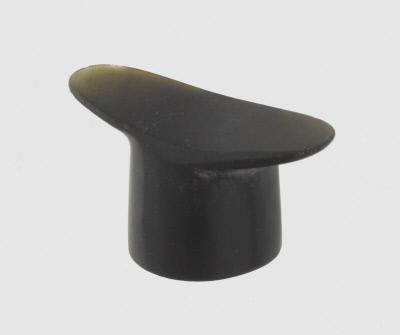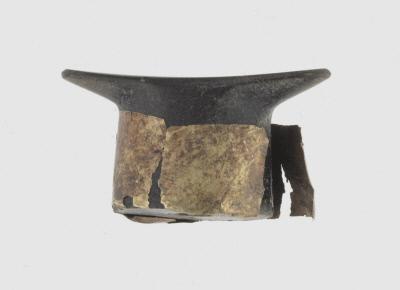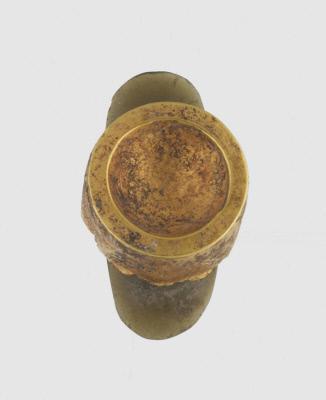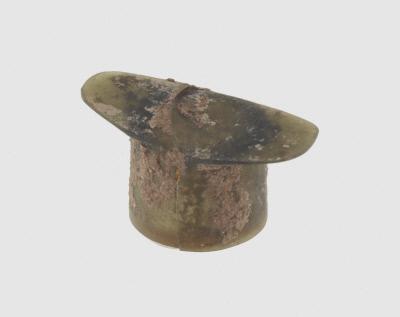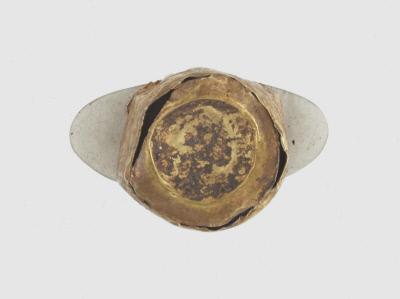2017.396
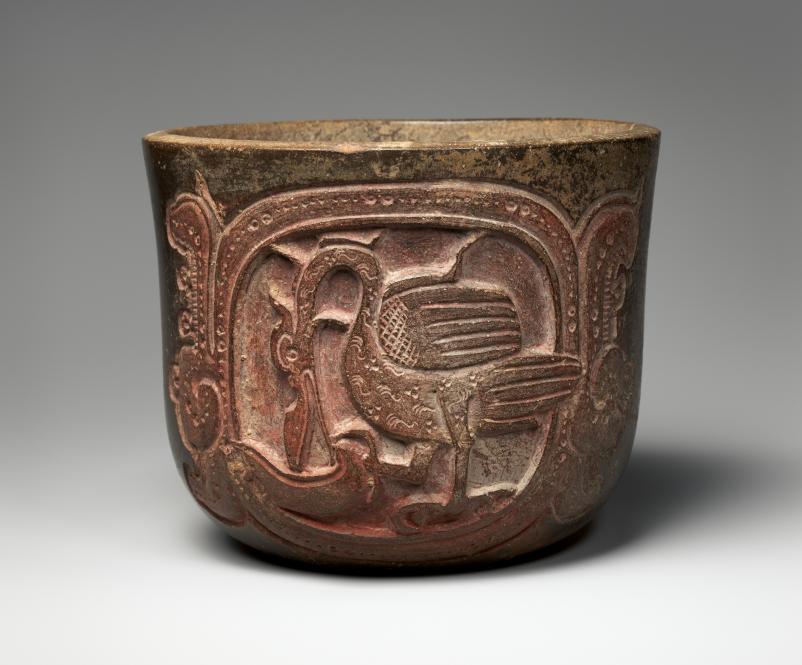
Object Title
Vessel with Water Bird and Hieroglyphic Text
Measurements
H. 4 1/2 in. (11.4 cm)
Creation Date
7th–9th century
Credit Line
Gift of Justin Kerr and Dicey Taylor, 2017
Museum Name
Culture
Country of Origin
Object Type
Materials / Techniques
Object URL
https://www.metmuseum.org/art/collection/search/761272
Provenance Information
Justin and Barbara Kerr, New York, acquired before 1971, until 2017
Exhibition Information
1971. The Maya Scribe and His World. (New York: Grolier Club).
Publication Information
Coe, Michael D. 1973. The Maya Scribe and His World. (New York: Grolier Club). Fig. 63; Kerr, Justin. 1990. The Maya Vase Book. Vol. 2. p. 312; K4467 in the online corpus of Maya ceramics:
http://research.mayavase.com/kerrmaya_list.php?_allSearch=Chochola&hold_search=&x=32&y=15&vase_number=&date_added=&ms_number=&site
http://research.mayavase.com/kerrmaya_list.php?_allSearch=Chochola&hold_search=&x=32&y=15&vase_number=&date_added=&ms_number=&site
Section of the AAMD Guidelines relied upon for the exception to 1970
Cumulative facts and circumstances
Explain why the object fits the exception set forth above
This work has provenance to 1971 when it was first exhibited at the Grolier Club in New York, and illustrated in the subsequent catalogue in 1973. This work is the first vessel in this important style to enter the Metropolitan Museum’s collection. Known as Chocholá, the style is named after a small town in the northern Yucatan Peninsula from which many of these vessels reportedly came. The corpus of Chocholá vessels is limited to perhaps fewer than 50, and this depiction of a waterbird is a unique image among known vessels, and most certainly one of the finest vessels created in this iconic style.
